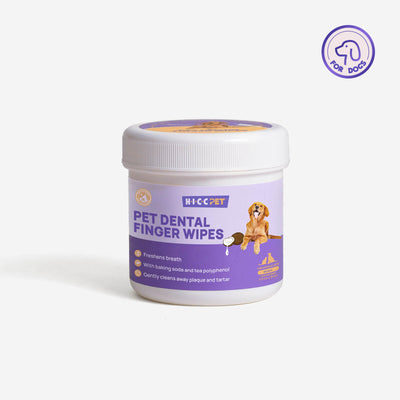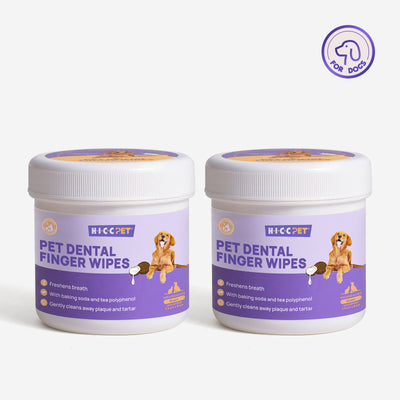What is Cat Acne?

When you give your cat some chin scratches, you might notice black spots and dirt on their chin. This is likely cat acne. It can be quite concerning to see this for the first time. At first, you might think it's flea dirt, but after doing some research, you'll find out that it's feline acne, which is a fairly common skin condition for cats. Cat acne occurs when the pores become blocked by keratin, the protein that forms their nails, skin, and hair. While often painless, it can lead to a bacterial infection if not treated, resulting in painful lesions and bumps. Feline acne may cause black flecks, noticeable blackheads, open wounds, and scabs on the chin and around the lower part of the mouth.
What Causes Cat Acne?
There are numerous causes of cat acne and it can not always be obvious what is causing your cat to be distressed.
Poor grooming
Stress
Hormonal Imbalance
Immune System Imbalances
Hyperactive sebaceous glands
Plastic Bowls: When it comes to causes of cat acne, it’s believed that plastic bowls are a cause as they harbor bacteria
Treatments for Cat Acne
The overall treatments of cat acne may be similar between causes, but in the end, it's finding the cause and fixing/healing that will lead to total relief. Treatment for feline acne can typically be done at home with over-the-counter medications and products, but a veterinarian may be needed for more severe cases or those that do not heal. The following are various treatment options for cat acne:
Topical Medication
Systemic antibiotics
Medicated shampoos
Switching to a ceramic or stainless steel bowl
Do NOT:
- Try popping pimples yourself
Use human acne products
How to Prevent Cat Acne

There are many ways you can help prevent your cat from developing cat acne in the first place or prevent it from coming back.
Treat Underlying Issues: If feline acne is caused by an underlying condition, treating the condition can prevent cat acne from returning.
Grooming Maintenance: If cats are not cleaning their chin properly due to a health issue, you can assist in wiping it down to remove bacteria. Try HICC Pet® Grooming Wipes for effective, natural cleansing.
Proper Diet: You may need to switch your cat to a hypoallergenic diet based on potential allergies or intolerances.
Stress Management: You can help manage your cat’s stress and anxiety by maintaining a calm environment with plenty of enrichment activities and giving them multiple safe spaces within your home.
Clean Porous Objects: If your cat comes into contact with other porous items, ensure they are cleaned regularly.
Use of Stainless Steel or Ceramic Bowls: Switch to a non-porous material such as glazed ceramic or stainless steel with daily cleaning.
Conclusion
In conclusion, cat acne is a common and manageable skin condition for cats. Being aware of the potential causes, treatments, and prevention methods can help cat owners ensure the well-being of their feline companions. By maintaining proper grooming, reducing stress, and using appropriate feeding and cleaning materials, cat owners can contribute to preventing and managing cat acne effectively. Additionally, seeking veterinary advice for severe cases or persistent symptoms is crucial in providing the best care for cats with acne. With the right approach, cat acne can be effectively treated and managed, allowing cats to lead happy and healthy lives.
Please note that the information provided in this article is for educational and informational purposes only. We are not veterinarians, and the content shared here should not be considered professional veterinary advice.
If you have any questions regarding copyrights or the use of materials in this article, please contact us for clarification.







Thanks for your interaction and support.